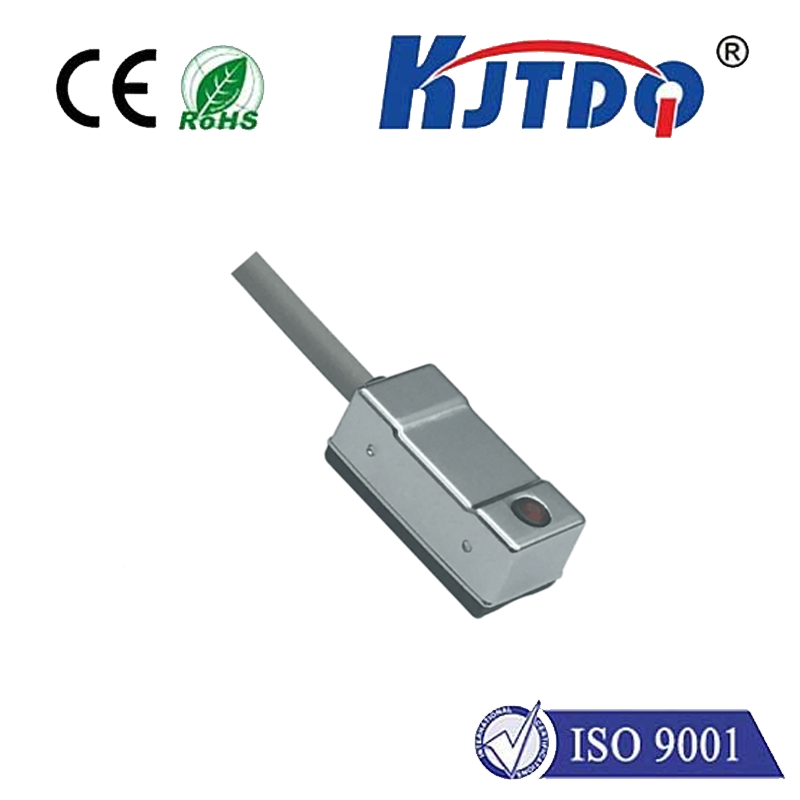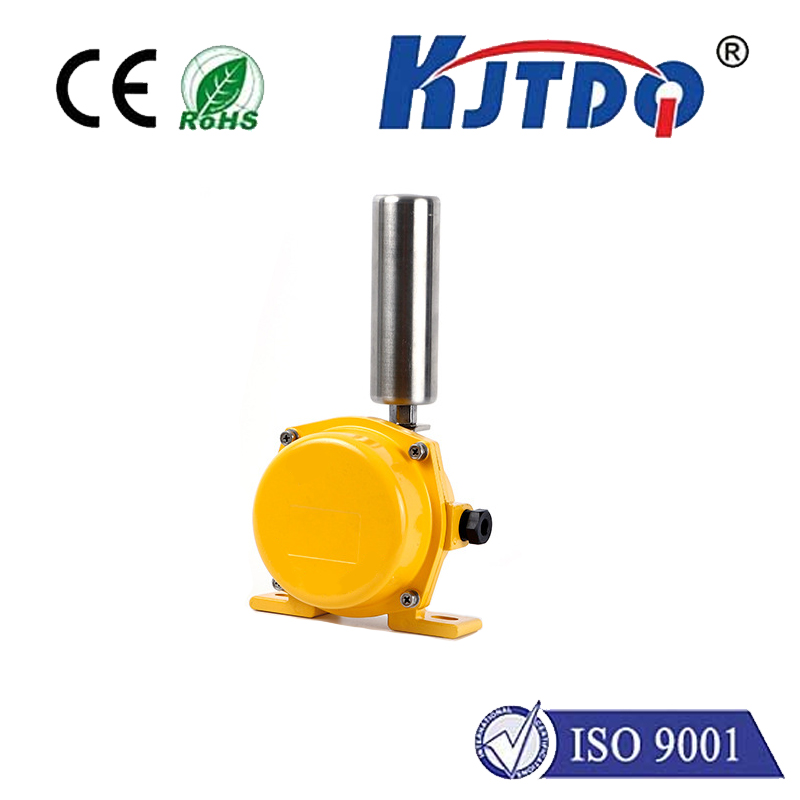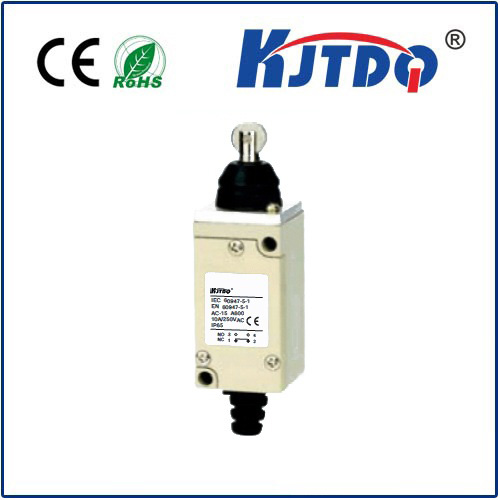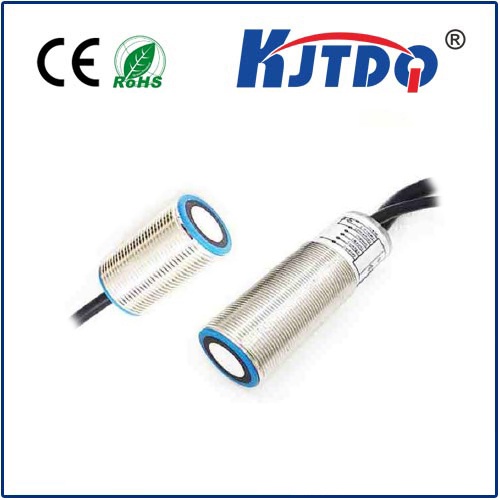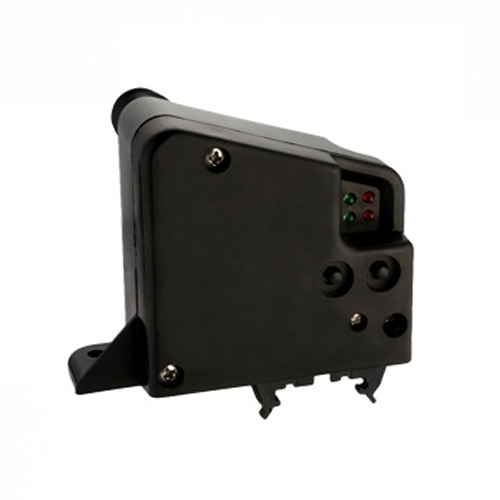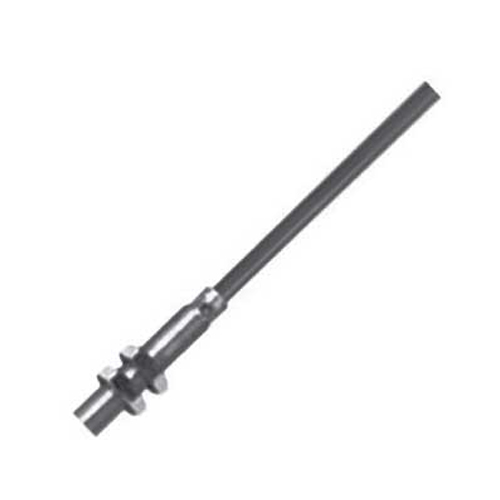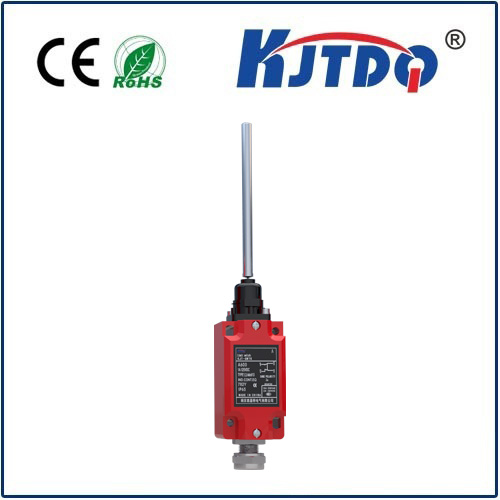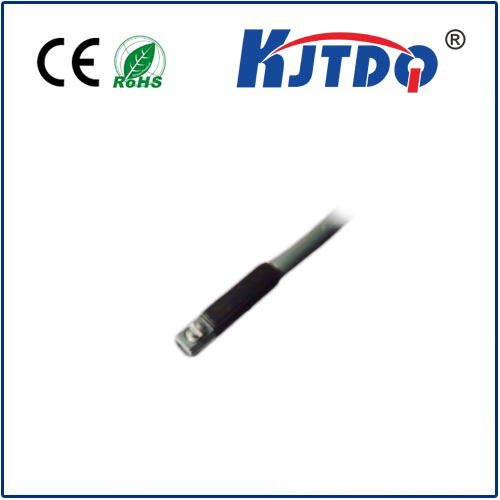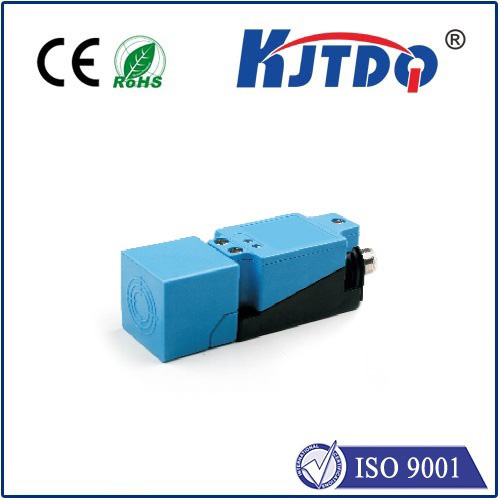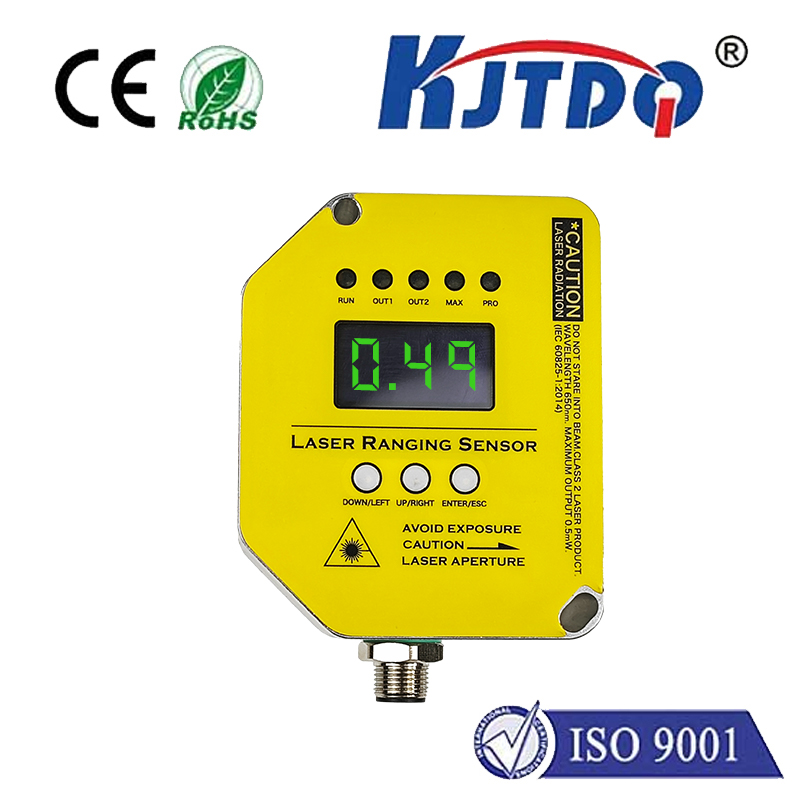BES02ZE proximity sensor
- time:2025-10-14 02:51:15
- Click:0
BES02ZE Proximity Sensor: Precision Detection Powering Robust Automation
In the relentless drive for efficiency, reliability, and safety within modern industrial environments, the unsung heroes often reside not in the massive robotic arms or roaring conveyor belts, but in the precise detection capabilities of components like the BES02ZE proximity sensor. This compact yet powerful device sits at the forefront of countless automated processes, providing the critical yes/no signals that dictate machine function, ensure safety interlocks, and guarantee positional accuracy. Understanding its capabilities is key to optimizing performance on the factory floor.
The Core Function: Non-Contact Sensing
Unlike mechanical switches that rely on physical contact, inductive proximity sensors like the BES02ZE operate entirely without touching the target object. They generate an electromagnetic field. When a ferrous metal (like iron or steel) enters this field, it causes detectable changes in the sensor’s oscillator circuit. This triggers the sensor’s output switch – a fundamental signal in automation control systems. This non-contact operation offers significant advantages: zero wear and tear, incredibly high switching frequencies, resistance to vibration, and immunity to surface grime or oil that would plague mechanical contacts. For applications demanding reliability and longevity, especially in harsh industrial settings, this is a game-changer.
Delving into the BES02ZE Specifications

The designation “BES02ZE” isn’t arbitrary; it signifies specific technical characteristics defining its operational envelope. While exact specifications might vary slightly between manufacturers adhering to this common naming convention (often associated with standards like IEC 60947-5-2), the BES02ZE label typically points to:
- Inductive Sensing: As discussed, designed specifically for detecting metal targets.
- Embedded (Flush Mountable) Design: This sensor can be installed flush within a metal mounting surface without significantly degrading its sensing range. This protects the sensing face and allows for a very compact installation footprint. Space-saving integration is a major benefit in dense machinery.
- Standard Sensing Range: Typically offering a nominal sensing distance of 1.5mm or 2mm. This provides a reliable detection zone while minimizing the risk of accidental triggering by unintended objects. Understanding this operating distance is crucial for correct installation.
- Robust Construction: Built to endure the rigors of industrial life. Expect features like a rugged stainless steel housing, high IP67 or IP68 ratings (ensuring excellent resistance against dust and water immersion), and resilience against common industrial chemicals, oils, and coolants. This robustness translates directly to reduced downtime and maintenance costs.
- Electrical Output: Commonly configured as a 3-wire device with a PNP normally open (NO) transistor output. This configuration is widely compatible with standard Programmable Logic Controllers (PLCs) and automation controllers, providing a straightforward connection for signaling target presence.
- Voltage Range: Designed to operate effectively within standard industrial DC voltage ranges, often 10-30V DC, ensuring broad compatibility with common power supplies.
Where the BES02ZE Shines: Key Applications
The combination of reliable non-contact detection, flush mounting capability, and resilience makes the BES02ZE proximity sensor indispensable across diverse sectors:
- Machine Tooling & CNC Machinery: Verifying tool presence in automatic changers, confirming workpiece clamping/unclamping positions, detecting spindle orientation, and monitoring coolant levels or guard positions. Accurate position feedback is critical for precision machining.
- Material Handling & Packaging: Counting products on conveyors, confirming carton presence on a filling line, detecting pallet positioning for stacking/destacking robots, and verifying end-of-stroke positions on actuators. Reliable detection ensures smooth material flow.
- Automated Assembly: Monitoring the presence or absence of components for robotic pick-and-place operations, verifying correct positioning of parts before joining processes, and checking end-effector status. This ensures assembly integrity and quality control.
- Robotics: Used extensively as end-effector sensors to confirm grip on parts, detect collision proximity as a safety measure (though not the primary safety device), and verify robot arm positions at specific waypoints.
- General Industrial Automation: Any application requiring the non-contact detection of metal parts within close proximity: counting rivets, detecting metal flags on rotating shafts (speed/direction), confirming valve positions, or safeguarding moving guards.
Integration and Best Practices
Integrating a BES02ZE proximity sensor effectively requires attention to detail:
- Correct Mounting: Leverage its flush mount capability where possible for protection. Ensure the target approaches the sensor within its specified sensing range and at the correct angle for optimal detection.
- Target Material: Remember it detects ferrous metals most effectively. Non-ferrous metals like aluminum or brass have significantly shorter detection ranges or may not be detectable at all. Always test with the actual target material.
- Environmental Factors: While robust, consider extreme temperatures, strong magnetic fields (like from large motors), or welding operations nearby, as these can potentially influence performance. Ensure the sensor’s IP rating is suitable for the specific environment (e.g., high-pressure washdown areas need IP69K).
- Wiring & Diagnostics: Connect according to the datasheet (typically Brown = +V, Blue = 0V, Black = Signal Out). Many modern sensors include an LED status indicator for easy commissioning and troubleshooting, a vital feature for rapid maintenance.
The Enduring Value Proposition
The BES02ZE proximity sensor exemplifies the critical role of reliable sensing in industrial automation. Its design priorities – non-contact operation, durability, resistance to harsh conditions (IP67/IP68), ease of flush mounting, and compatibility with standard control systems – provide a foundation for efficient, low-maintenance, and highly reliable machine operation. From ensuring a robotic arm picks up the right part to guaranteeing a safety guard is closed before a press cycles, the precise detection delivered by sensors like the BES02ZE is fundamental. Choosing the right sensor model, understanding its specifications like the 1.5mm/2mm sensing range and PNP NO output, and installing it correctly are essential steps in harnessing its full potential to enhance productivity and safety across countless automation applications. Consider the sheer volume of metal components moving through an automotive assembly line; thousands of BES02ZE sensors working silently and reliably provide the constant stream of position verification needed to keep the line moving efficiently and accurately.






